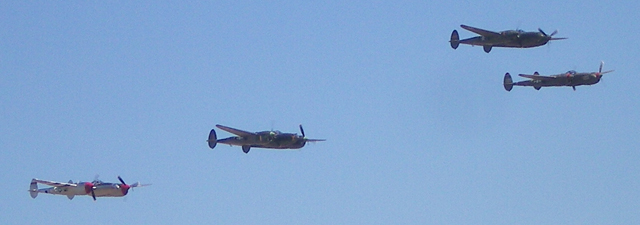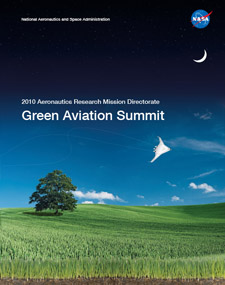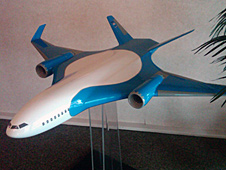@font-face {font-family: “Arial”;}p.MsoNormal, li.MsoNormal, div.MsoNormal { margin: 0in 0in 0.0001pt; font-size: 12pt; font-family: “Times New Roman”; }div.Section1 { page: Section1; }
By Herman Posada
Unmanned Aircraft System Pilot
NASA Dryden Flight Research Center
NASA research pilot Mark Pestana and I were invited to represent NASA at the
California Capital Airshow at Mather Airport near Sacramento on Sept. 11 and 12,
2010.
After a great flight in NASA Dryden's Beechcraft B-200 King Air to Mather Field,
we were welcomed by our hosts. We met many pilots at a hospitality meeting after
our arrival.
The air show featured a once-in-a-lifetime opportunity to see four Lockheed P-38
Lightnings flying in formation. This was truly a sight as there are only seven P-38s
in the world that are still flyable. The air show also featured many flying acts including
the F-22 Raptor and the Patriots Jet Team.
Many aircraft were on display and our aircraft was carefully parked next to a NASA
T-38 from the Johnson Space Center. To the left and right of us were giant aircraft
such as United Parcel Service Boeing 767 and 757 cargo planes and U.S. Air Force
KC-10 and KC-135 tankers. We answered many questions about NASA and the aircraft
we fly at Dryden during the show.
Many female aviators who were invited to celebrate the Centennial of Women in
Aviation attended. I personally got to meet Jessica Cox, an inspirational speaker,
who flies an airplane with her feet. Incredible!
It was an incredible weekend at our state capital!





 byperformance since thebeginning, when the U.S. Army contracted with the Wright brothers for the firstmilitary aircraft. This is still the case. Now, NASA Aeronautics is looking tochange that by focusing on improved propulsion solutions, alternate fuels,advanced aerodynamic configurations, and even conservation, i.e., flying lessin order to conserve fuel.
byperformance since thebeginning, when the U.S. Army contracted with the Wright brothers for the firstmilitary aircraft. This is still the case. Now, NASA Aeronautics is looking tochange that by focusing on improved propulsion solutions, alternate fuels,advanced aerodynamic configurations, and even conservation, i.e., flying lessin order to conserve fuel.